Home>Articles>How Long Is Fried Chicken Good For In The Refrigerator
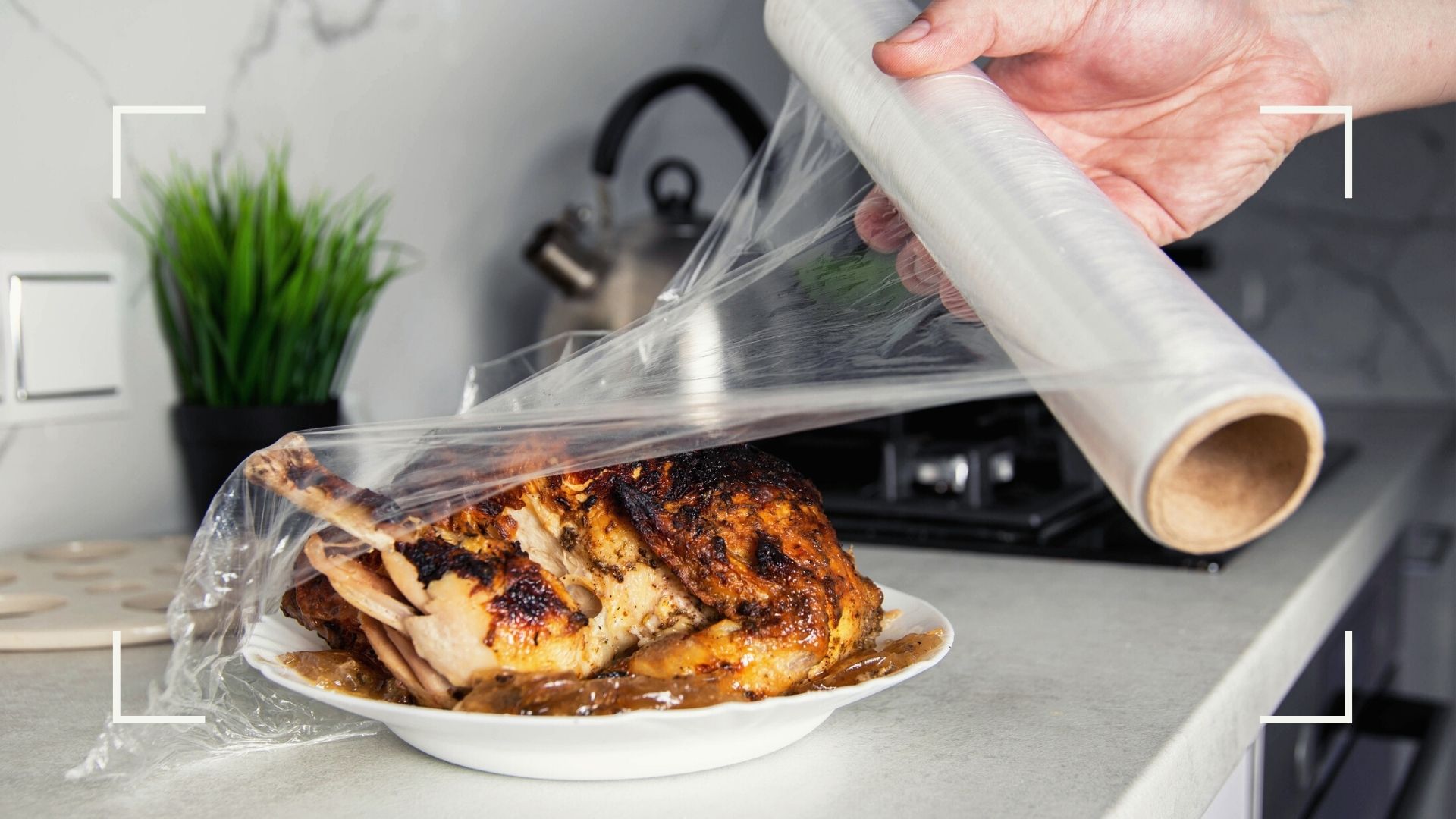

Articles
How Long Is Fried Chicken Good For In The Refrigerator
Modified: January 8, 2024
Discover articles on how long fried chicken stays good in the refrigerator and learn the best tips for storing it to maintain its freshness.
(Many of the links in this article redirect to a specific reviewed product. Your purchase of these products through affiliate links helps to generate commission for Storables.com, at no extra cost. Learn more)
Introduction
Who doesn’t love the crispy, juicy goodness of fried chicken? Whether you enjoyed a homemade batch or ordered it from your favorite fried chicken joint, you may find yourself with some leftover pieces. With concerns about food safety and freshness, you may be wondering: how long is fried chicken good for in the refrigerator?
Understanding how to store and handle leftover fried chicken is important for maintaining food safety and maximizing flavor. In this article, we will dive into the proper storage methods, key factors to consider, signs of spoiled fried chicken, recommended storage times, and tips for extending its shelf life.
So, if you’re ready to learn how to safely keep your delicious fried chicken for longer, let’s get started!
Key Takeaways:
- Properly storing leftover fried chicken is crucial for maintaining freshness and safety. Follow guidelines for cooling, container usage, and monitoring signs of spoilage to enjoy your favorite dish without risking foodborne illnesses.
- Remember to consume homemade fried chicken within 3-4 days and store-bought or restaurant fried chicken within 2-3 days. Implement simple tips like prompt refrigeration and proper reheating to extend the shelf life and savor every last bite.
Understanding Food Safety
Before delving into the specifics of storing fried chicken, it’s important to understand the basics of food safety. Proper food handling and storage practices are essential in preventing the growth of harmful bacteria and foodborne illnesses.
One of the most critical aspects of food safety is temperature control. Bacteria thrive in temperatures between 40°F (4°C) and 140°F (60°C), a range known as the “danger zone.” To minimize the risk of bacterial growth, it is crucial to keep perishable foods, such as fried chicken, out of this danger zone.
When it comes to refrigeration, maintaining a consistent temperature of 40°F (4°C) or below is key. This low temperature slows down bacterial growth and helps preserve the quality of the food. It’s important to note that while refrigeration can extend the shelf life of food, it does not completely halt bacterial growth. Eventually, bacteria can still multiply, albeit at a slower rate.
Additionally, proper food safety practices include keeping raw and cooked foods separate to avoid cross-contamination, using clean utensils when handling food, and practicing good hand hygiene.
Now that we have a basic understanding of food safety principles, let’s explore the best practices for storing fried chicken to ensure its freshness and safety.
Proper Storage of Fried Chicken
When it comes to storing leftover fried chicken, following proper storage guidelines is essential to maintain its taste, texture, and safety. Here are the key steps to ensure you store your fried chicken correctly:
- Cool it down: After cooking or purchasing fried chicken, allow it to cool down to room temperature before storing it in the refrigerator. Placing hot chicken directly in the fridge can lead to condensation, which can make the coating soggy.
- Use airtight containers: Transfer the fried chicken into airtight containers or wrap it tightly in foil or plastic wrap. This helps prevent exposure to air, which can cause the chicken to dry out and lose its flavor.
- Label and date: To keep track of its freshness, label the container or package with the date you stored the fried chicken. This will help you know how long it has been in the fridge and when it should be consumed by.
- Optimal placement: Place the fried chicken on a shelf in the refrigerator, rather than in the door or on top of other items. This ensures a consistent and colder temperature, minimizing the risk of bacterial growth.
Now that you know how to properly store fried chicken, let’s explore the key factors to consider when determining how long it will stay fresh in the refrigerator.
Key Factors to Consider
Several factors can impact the shelf life of fried chicken in the refrigerator. Understanding these factors will help you determine how long your fried chicken will remain fresh and safe to eat. Here are the key factors to consider:
- Cooking method: The cooking method used for the fried chicken can affect its shelf life. Deep-frying at a higher temperature can help kill bacteria and extend the chicken’s freshness. However, if the chicken is undercooked or the oil used for frying is not of good quality, it can shorten its storage time.
- Coating: The type of coating on the fried chicken can also impact its shelf life. A well-sealed and crispy coating can help preserve the chicken’s moisture and prevent it from drying out in the refrigerator.
- Seasonings and spices: Certain seasonings and spices used in the preparation of fried chicken can affect its shelf life. Ingredients with antimicrobial properties, such as garlic or vinegar, can help inhibit bacterial growth and extend the chicken’s freshness.
- Storage temperature: The temperature at which you store the fried chicken plays a crucial role in determining its shelf life. As mentioned earlier, keeping it at a consistent temperature of 40°F (4°C) or below is ideal to slow down bacterial growth. Fluctuations in temperature can accelerate spoilage.
- Container type: The type of container you use for storing the fried chicken can impact its shelf life. Airtight containers or tightly wrapped foil/plastic help create a barrier against air and moisture, preventing the chicken from drying out and absorbing odors from other foods in the fridge.
By considering these factors, you can make an informed judgment about the freshness of your fried chicken and whether it is still safe to consume. However, it’s essential to be aware of the signs indicating that your fried chicken has gone bad.
Fried chicken is typically safe to eat for 3-4 days when stored in the refrigerator. After that, it’s best to discard it to avoid the risk of foodborne illness. Always use your best judgment and follow proper food safety guidelines.
Signs of Spoiled Fried Chicken
Knowing the signs of spoiled fried chicken is crucial to ensure you don’t consume something that has gone bad, putting your health at risk. Here are some common signs indicating that your fried chicken has spoiled:
- Off smell: If your fried chicken emits a foul or unpleasant odor, it is a strong indication that it has gone bad. The smell may be sour, rancid, or moldy.
- Change in appearance: Pay attention to any significant changes in the appearance of the fried chicken. If you notice mold, discoloration, or a slimy texture, it’s best to discard it.
- Spoiled taste: Trust your taste buds. If the fried chicken tastes off, has a sour or bitter taste, or no longer has its original flavor, it is likely spoiled.
- Texture changes: Fresh fried chicken should have a crispy exterior and a moist, tender interior. If the texture becomes mushy, rubbery, or excessively dry, it may be a sign that the chicken is no longer good to eat.
- Visible signs of bacteria: While it may be challenging to spot bacteria with the naked eye, if you notice any visible signs of growth, such as white or green spots, it is best to discard the fried chicken.
If you encounter any of these signs, it is crucial to prioritize your health and discard the spoiled fried chicken. It’s better to be safe than sorry.
Now that we have covered the signs of spoiled fried chicken, let’s discuss the recommended storage times to help you determine how long your leftovers can be safely consumed.
Recommended Storage Times
While fried chicken can be incredibly delicious, it is important to consume it within a certain timeframe to ensure both its quality and safety. Here are the general recommended storage times for fried chicken in the refrigerator:
- Homemade Fried Chicken: If you have cooked the fried chicken at home, it is best to consume it within 3 to 4 days of refrigeration. This timeframe ensures that the chicken remains fresh and safe to eat.
- Restaurant or Store-Bought Fried Chicken: If you have purchased fried chicken from a restaurant or store, it is generally recommended to consume it within 2 to 3 days of refrigeration.
It’s important to note that these are general guidelines, and the freshness of the fried chicken can vary depending on several factors, such as the cooking method, storage temperature, and overall quality of the chicken. Always use your senses and judgment to determine if the fried chicken is still good to eat, even if it falls within the recommended storage times.
Now that you know the recommended storage times, let’s explore some helpful tips to extend the shelf life of your fried chicken.
Tips for Extending Shelf Life
If you want to extend the shelf life of your leftover fried chicken, there are a few simple tips you can follow. By following these guidelines, you can help maintain the quality and safety of your chicken for a little longer:
- Refrigerate promptly: After enjoying your fried chicken, make sure to refrigerate it promptly within two hours of cooking or purchasing. The sooner you cool it down, the better chance you have of preserving its freshness.
- Separate the bones: If your leftover fried chicken has bones, consider removing them. Bones can retain heat and may increase the risk of bacterial growth. By removing the bones, you can help cool the chicken faster and ensure even temperature distribution during refrigeration.
- Remove the skin: While fried chicken skin is delicious, it can trap moisture and contribute to faster spoilage. If you plan to store the chicken for an extended period, consider removing the skin before refrigerating.
- Cut into smaller pieces: If you have large pieces of fried chicken, consider cutting them into smaller portions before refrigerating. Smaller pieces cool faster and can help maintain a more consistent temperature throughout the refrigerated chicken.
- Reheat properly: When it’s time to enjoy your refrigerated fried chicken, make sure to reheat it properly. Thoroughly heat the chicken until it reaches an internal temperature of 165°F (74°C) to kill any potential bacteria and ensure it’s safe to eat.
By following these tips, you can maximize the shelf life of your fried chicken and minimize the risk of foodborne illnesses. However, always rely on your senses to determine if the chicken is still fresh and safe to consume.
Now that you have learned some handy tips for extending the shelf life of your fried chicken, let’s wrap up our discussion.
Conclusion
Properly storing leftover fried chicken is essential for maintaining its freshness and safety. By following the guidelines mentioned in this article, you can maximize the shelf life of your fried chicken and minimize the risk of foodborne illnesses.
Remember to cool the chicken down before refrigerating it, use airtight containers, and place it on a shelf in the refrigerator for optimal storage. Consider the cooking method, coating, seasonings, storage temperature, and container type as key factors that can impact the chicken’s shelf life.
Be vigilant in monitoring the signs of spoiled fried chicken, such as a foul smell, changes in appearance or texture, spoiled taste, and visible signs of bacteria. Trust your senses and discard any chicken that shows these signs.
Stick to the recommended storage times of 3 to 4 days for homemade fried chicken and 2 to 3 days for store-bought or restaurant fried chicken. However, always use your judgment and consider the overall quality of the chicken before consuming it.
Lastly, implement tips like refrigerating promptly, removing bones and skin, cutting into smaller pieces, and reheating properly to extend the shelf life of your fried chicken. These practices can help maintain its quality and ensure your enjoyment of the leftovers.
So, the next time you have some delicious fried chicken leftover, remember these storage tips and enjoy it safely and with confidence!
Frequently Asked Questions about How Long Is Fried Chicken Good For In The Refrigerator
Was this page helpful?
At Storables.com, we guarantee accurate and reliable information. Our content, validated by Expert Board Contributors, is crafted following stringent Editorial Policies. We're committed to providing you with well-researched, expert-backed insights for all your informational needs.
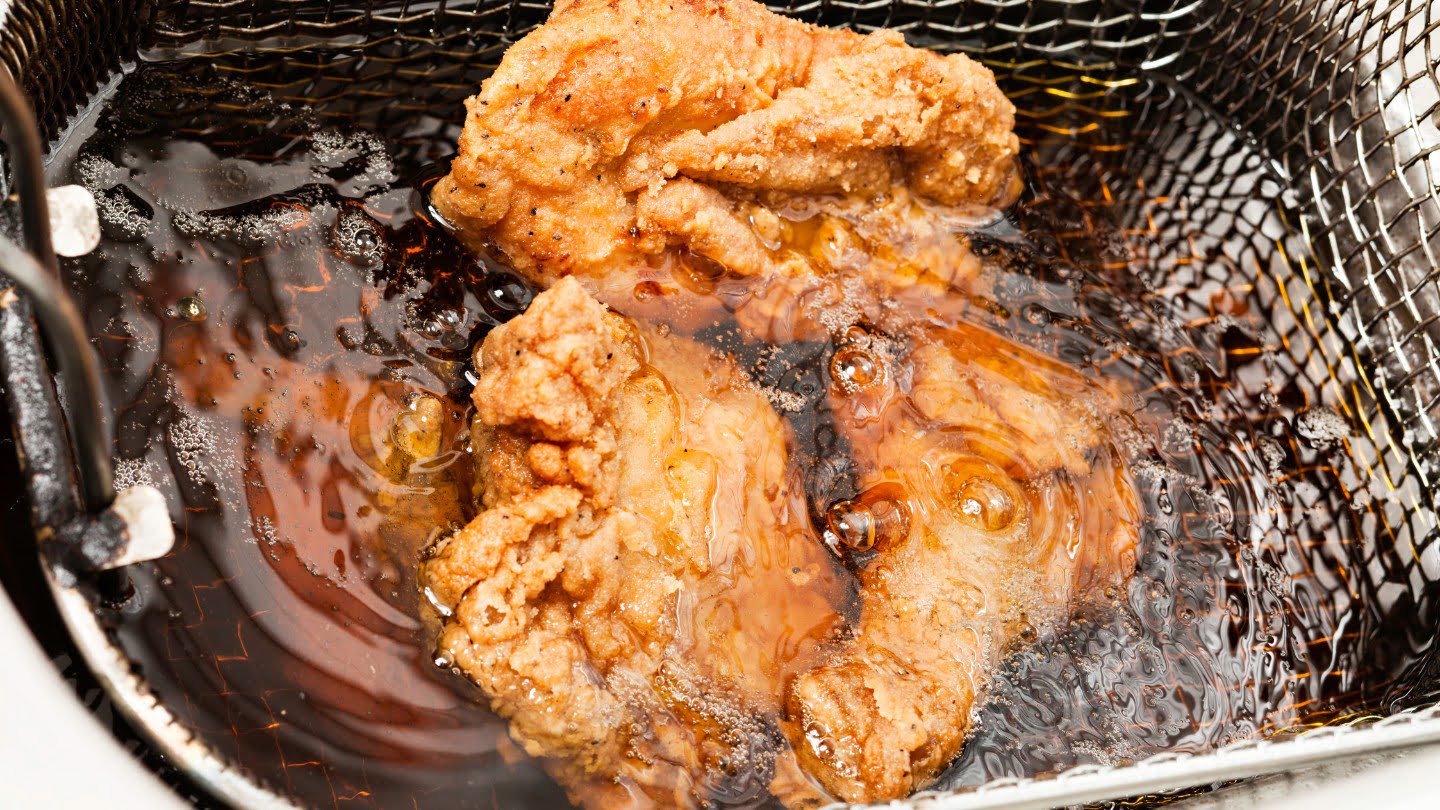
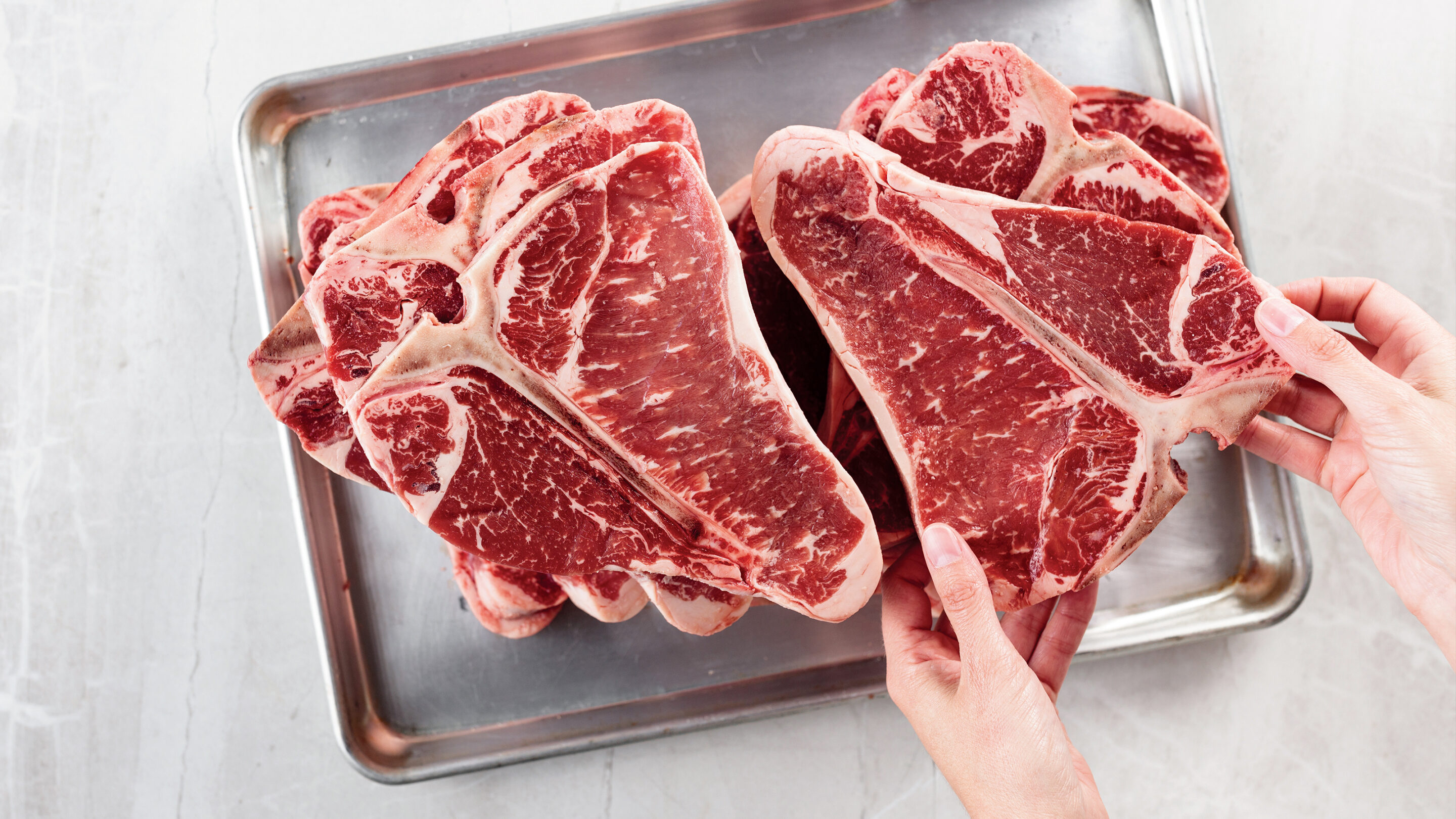

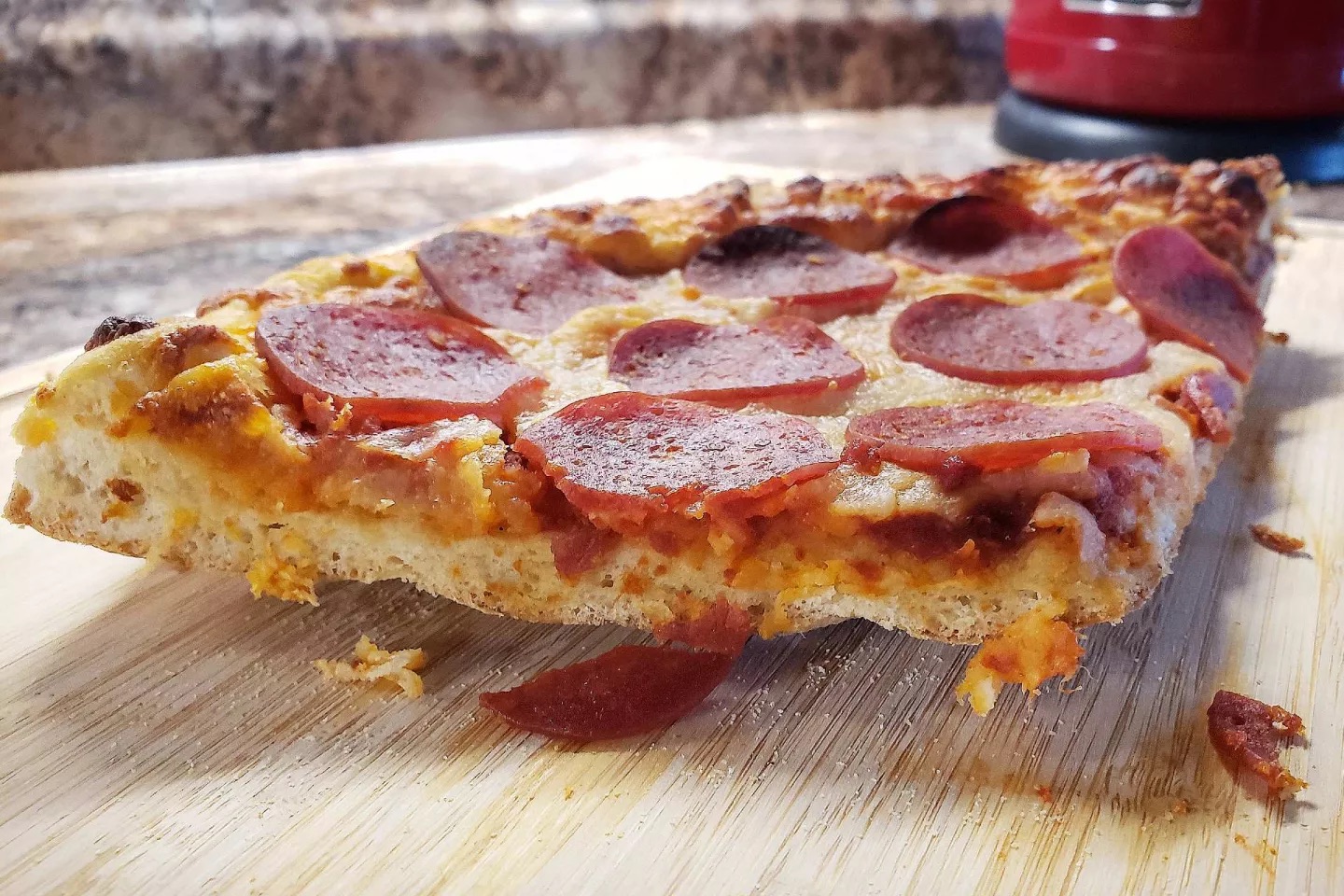

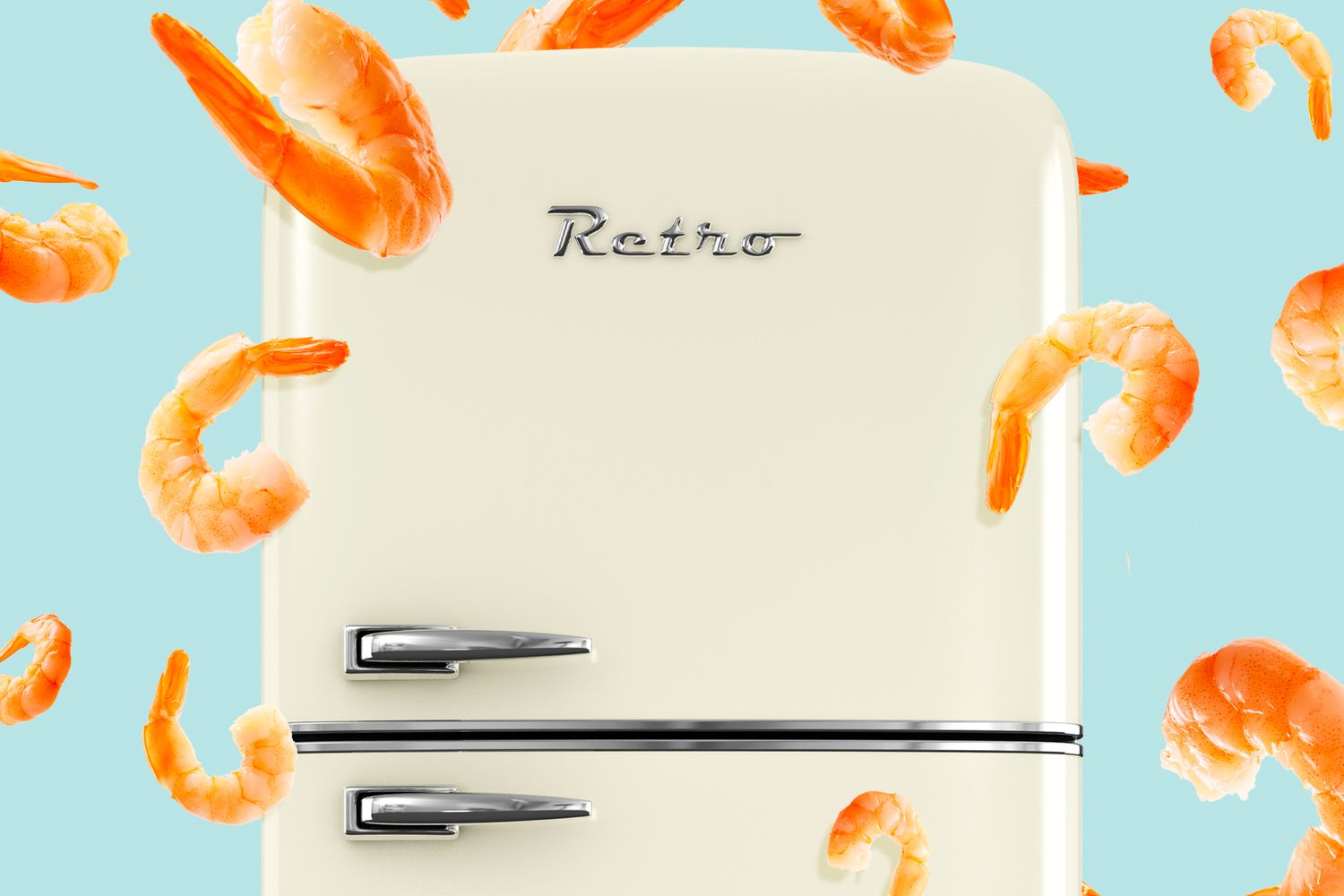
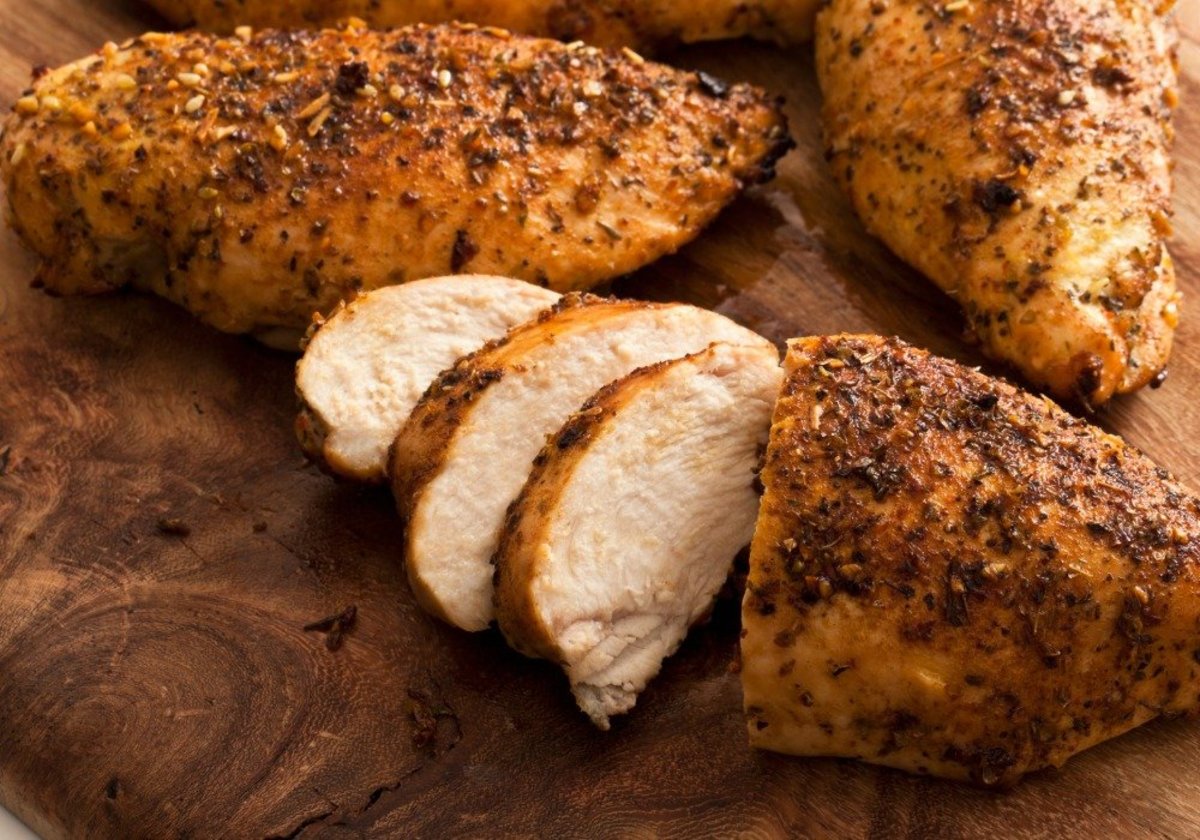
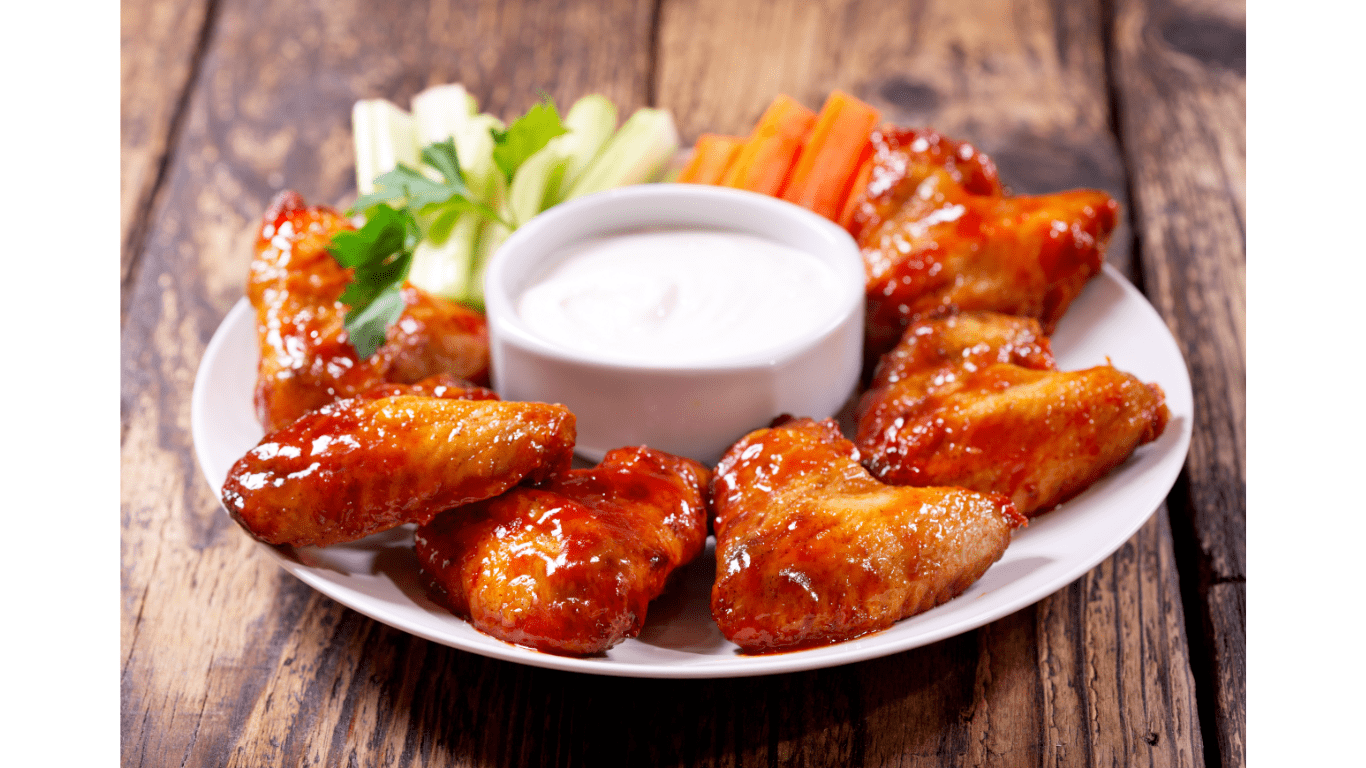
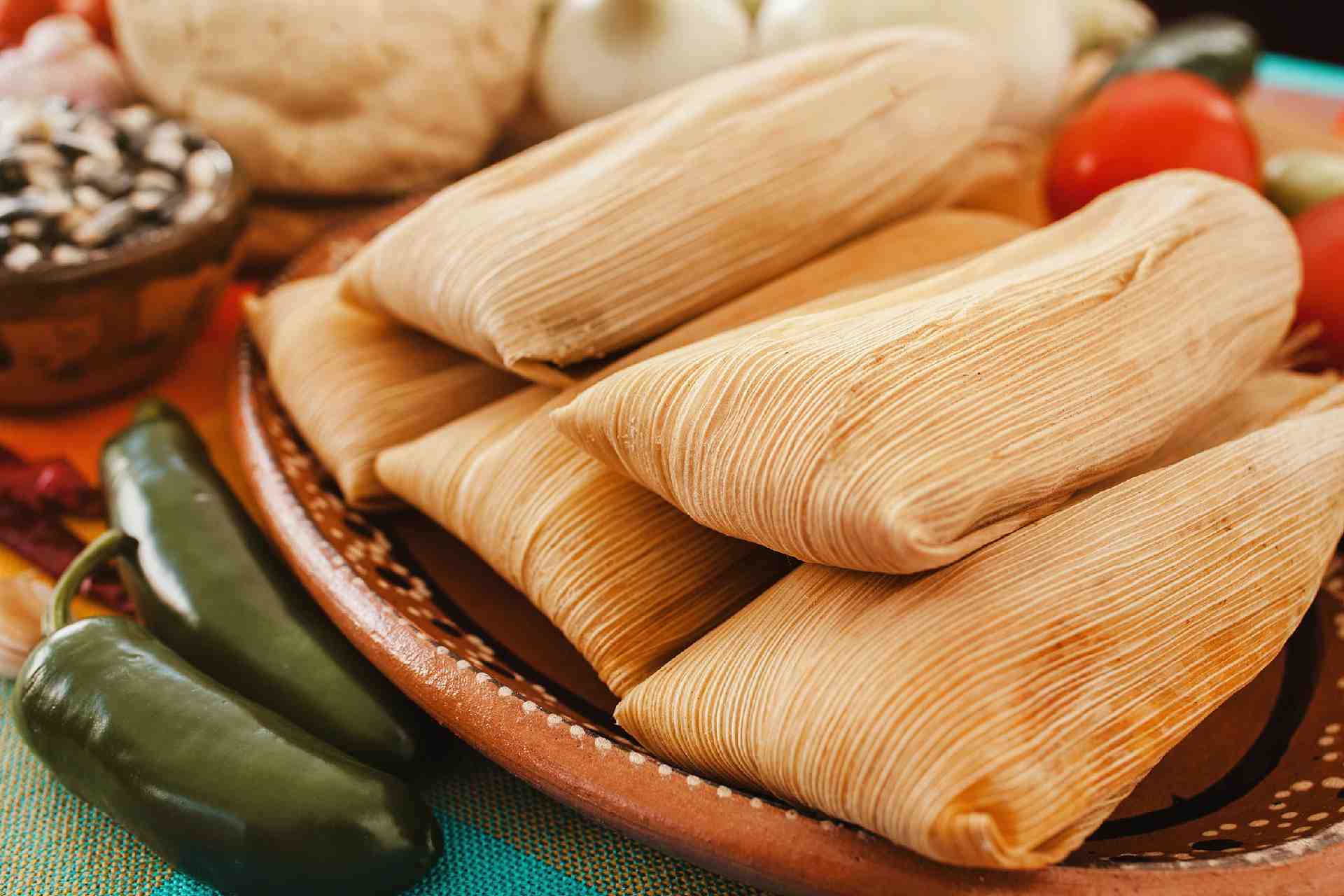

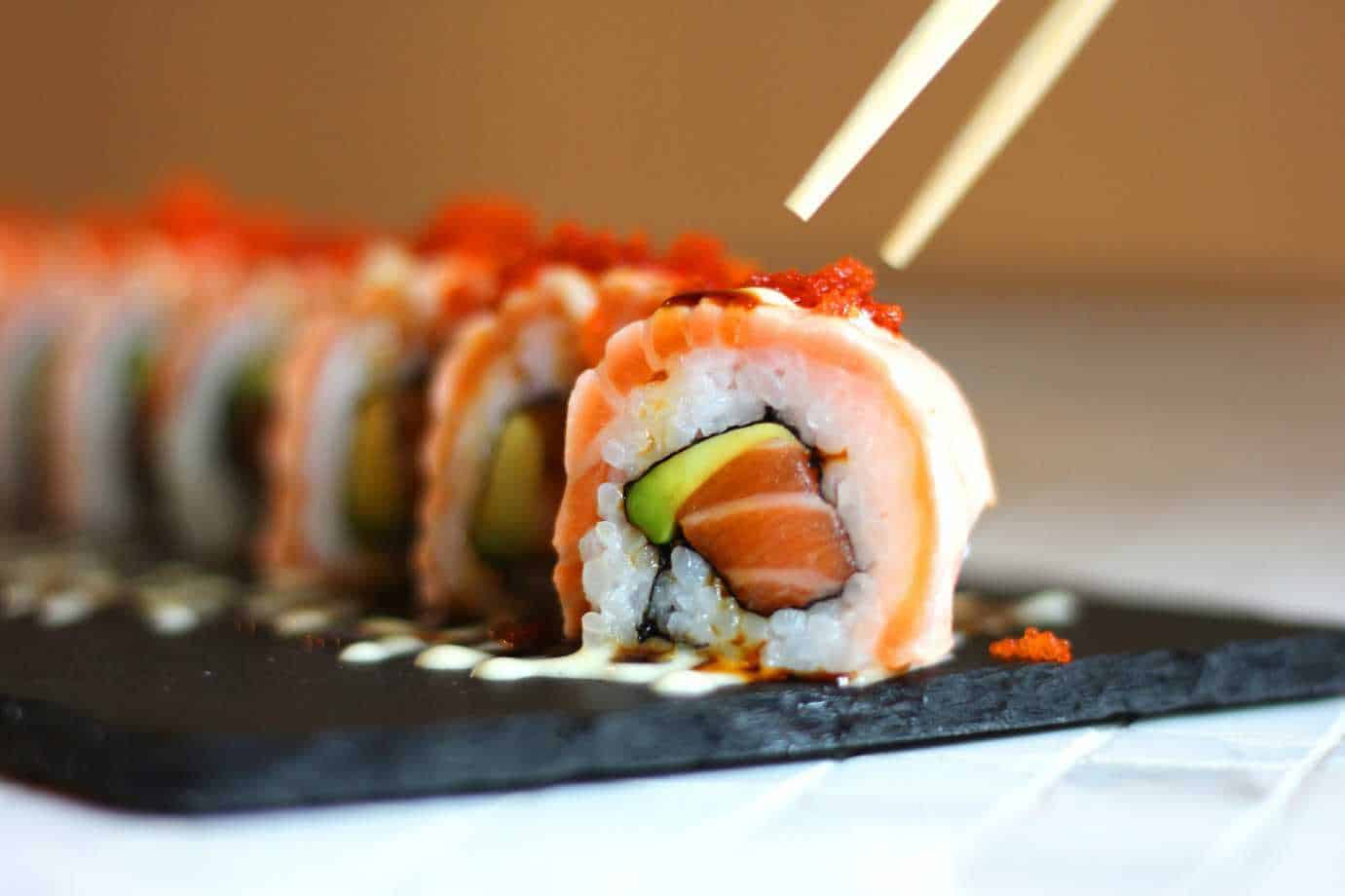
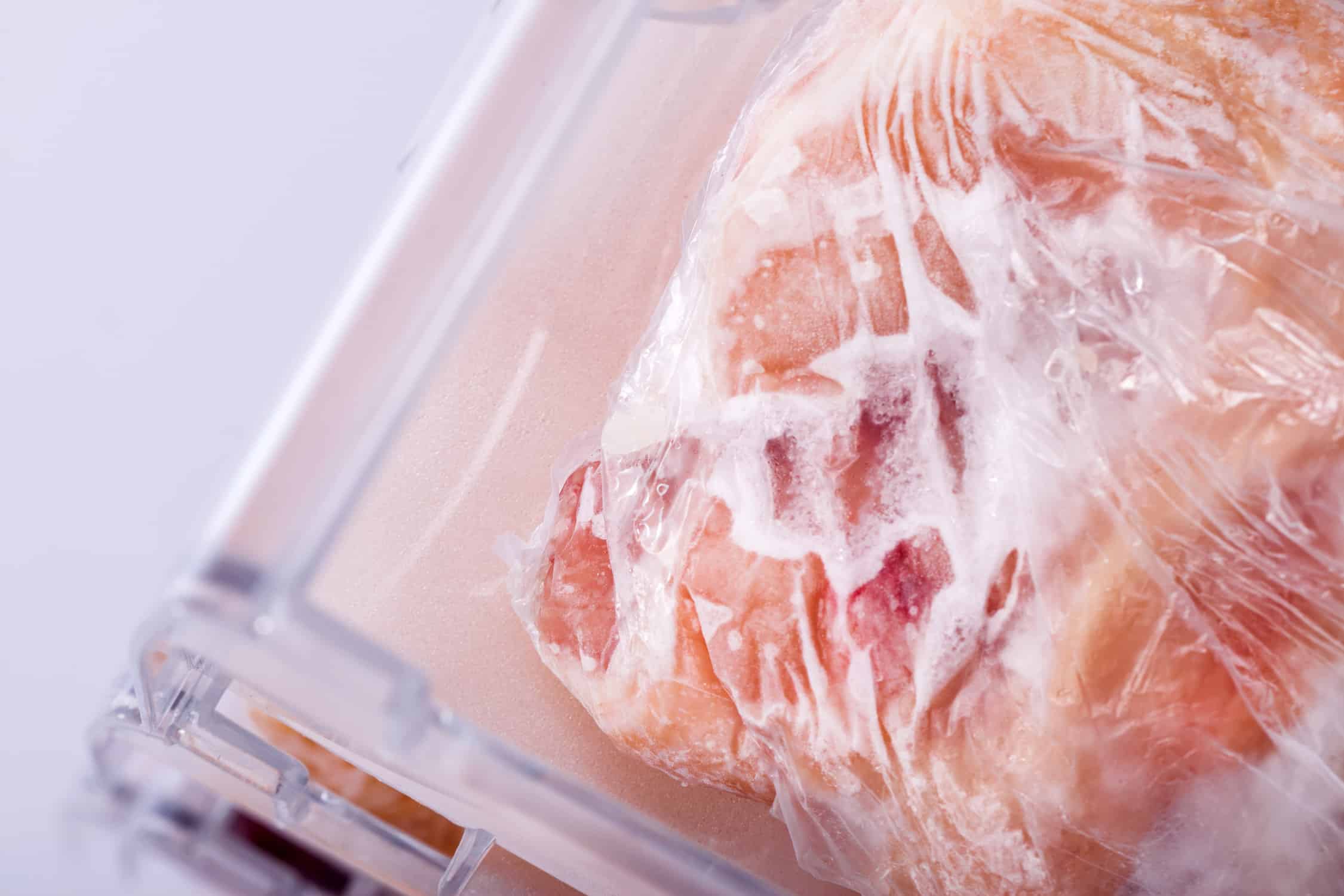
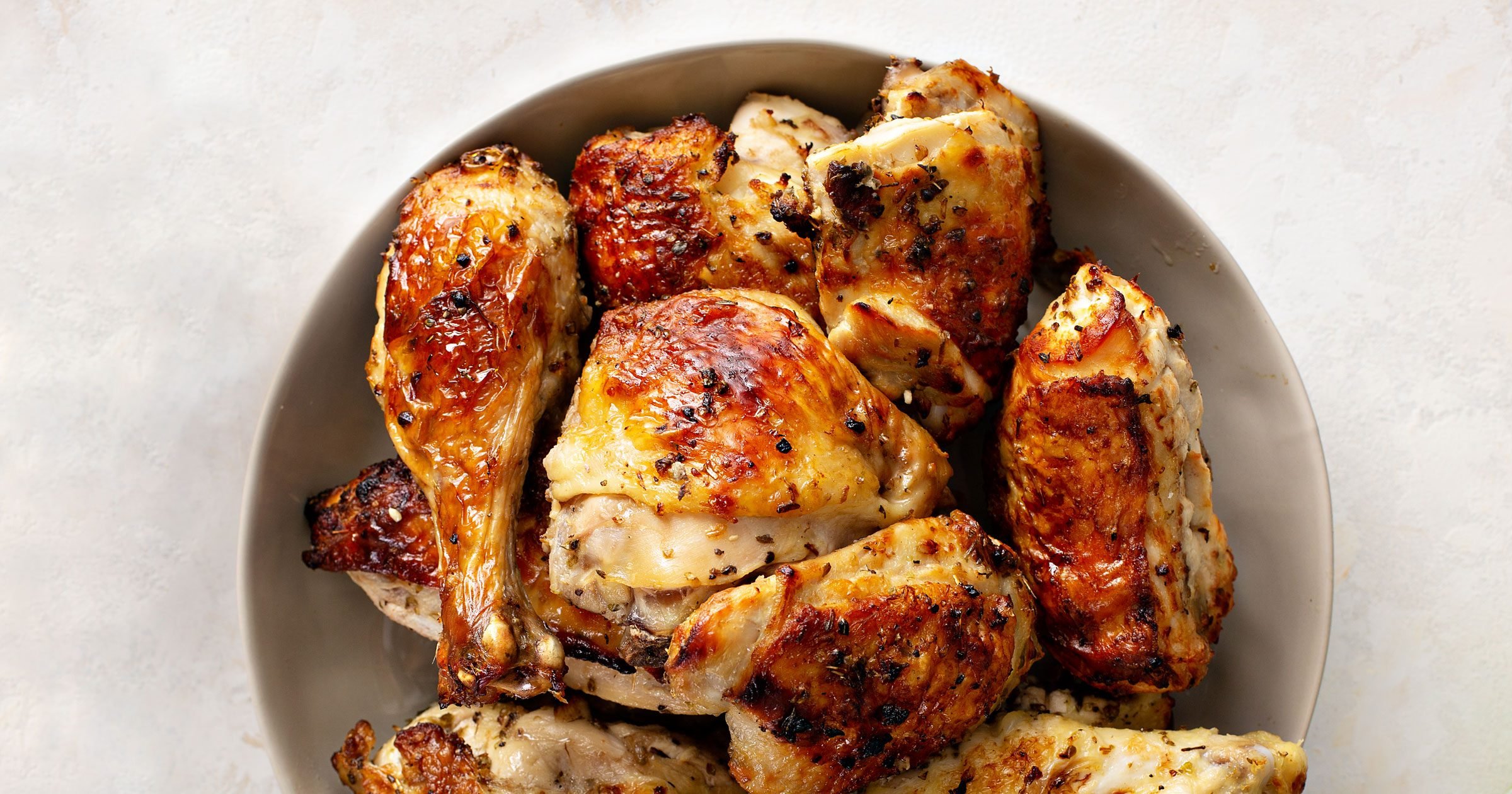
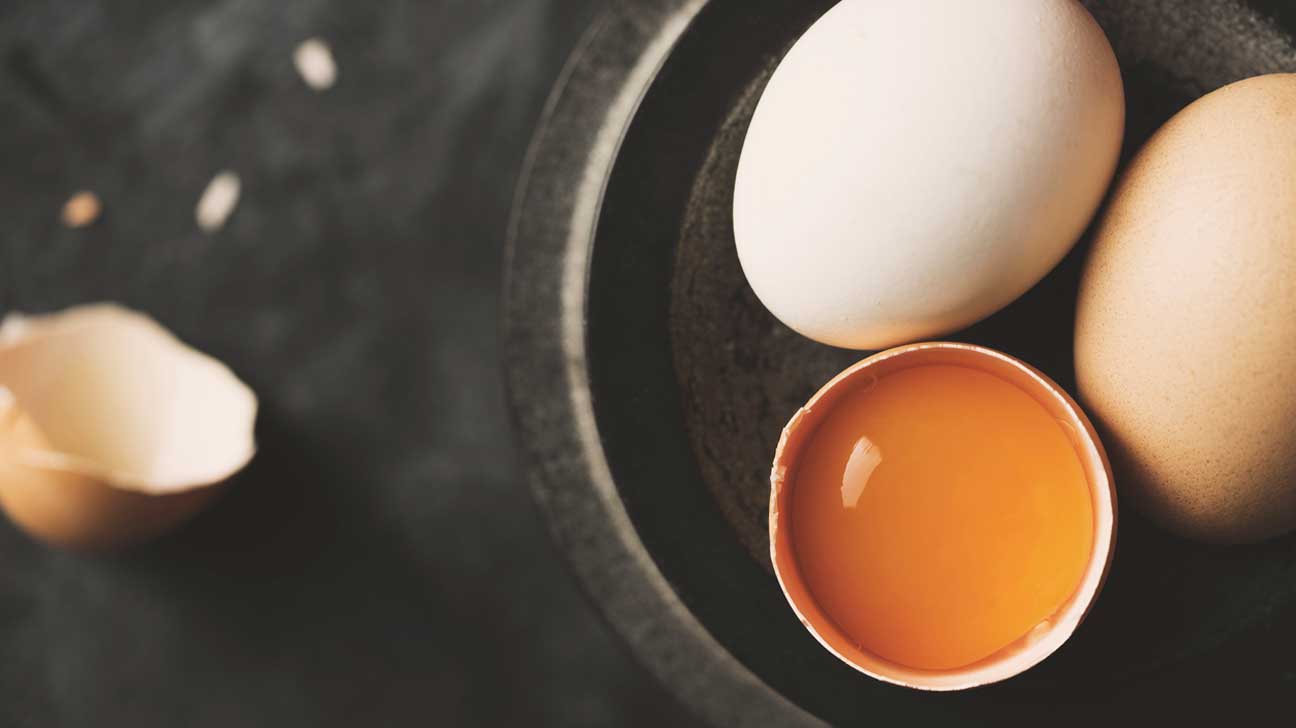

0 thoughts on “How Long Is Fried Chicken Good For In The Refrigerator”